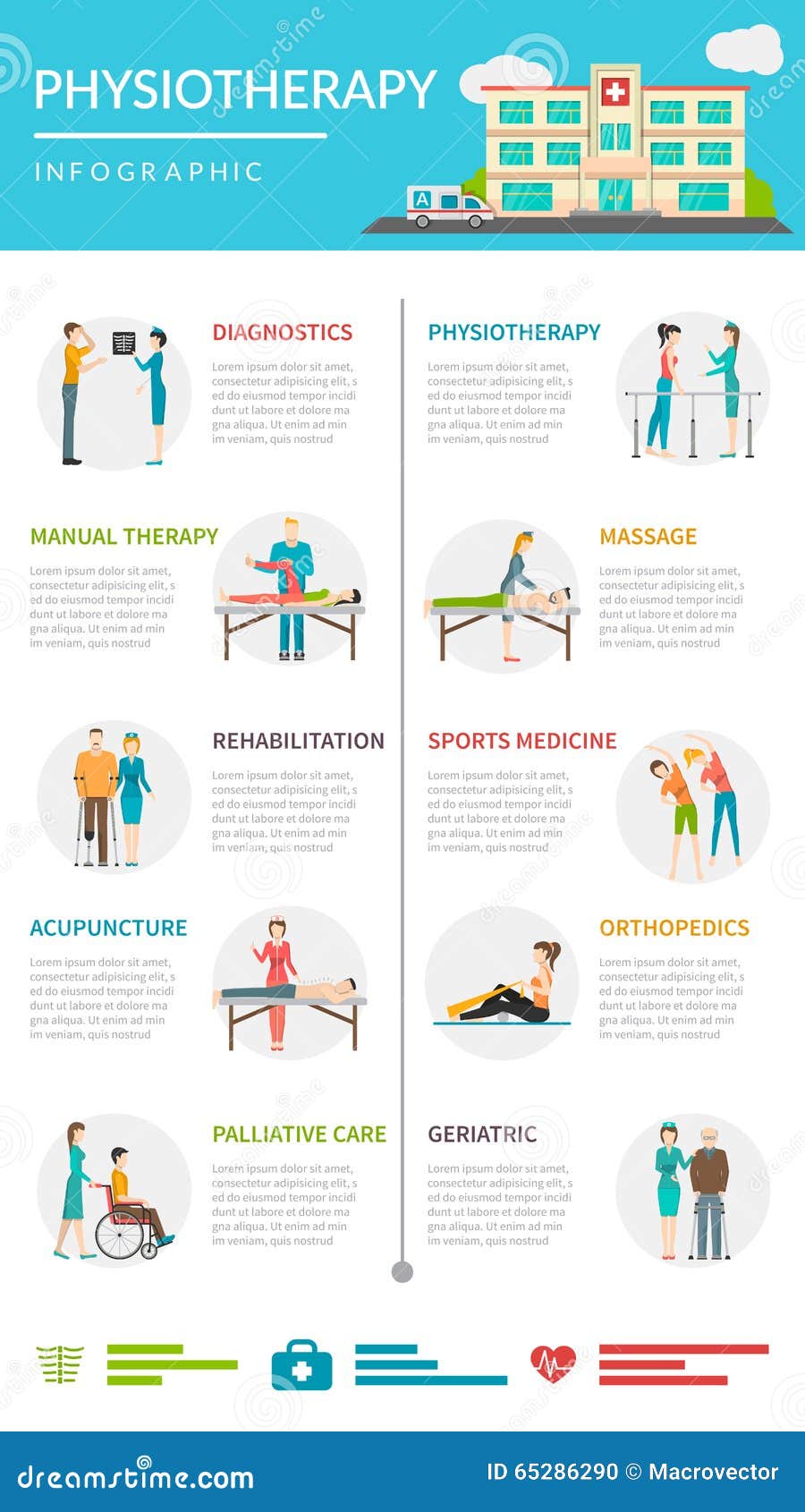The Top Daily Behavior That Contribute To Back Pain And Exactly How To Stay Clear Of Them
The Top Daily Behavior That Contribute To Back Pain And Exactly How To Stay Clear Of Them
Blog Article
Read the Full Report -Snyder Vogel
Preserving correct position and avoiding common risks in everyday activities can considerably impact your back health and wellness. From how you sit at your desk to how you raise heavy objects, little adjustments can make a big difference. Picture a day without the nagging pain in the back that impedes your every move; the option might be less complex than you believe. By making a couple of tweaks to your day-to-day habits, you could be on your way to a pain-free presence.
Poor Pose and Sedentary Way Of Life
Poor stance and a sedentary way of living are 2 major contributors to neck and back pain. When you slouch or suspicion over while sitting or standing, you placed unneeded strain on your back muscle mass and spinal column. This can bring about muscle mass discrepancies, stress, and ultimately, chronic neck and back pain. In addition, sitting for extended periods without breaks or exercise can damage your back muscular tissues and cause rigidity and pain.
To combat inadequate pose, make a conscious initiative to rest and stand directly with your shoulders back and aligned with your ears. Remember to maintain your feet flat on the ground and prevent crossing your legs for extended durations.
Incorporating normal stretching and strengthening exercises right into your everyday regimen can also help enhance your position and alleviate pain in the back related to an inactive way of living.
Incorrect Training Techniques
Incorrect training techniques can considerably contribute to pain in the back and injuries. When you lift heavy items, bear in mind to bend your knees and use your legs to lift, as opposed to relying upon your back muscle mass. Stay clear of turning your body while lifting and keep the item near your body to minimize pressure on your back. It's essential to preserve a straight back and prevent rounding your shoulders while lifting to avoid unneeded pressure on your back.
Always examine the weight of the item prior to raising it. If it's too heavy, ask for help or use devices like a dolly or cart to deliver it safely.
Remember to take breaks during raising jobs to offer your back muscular tissues a possibility to rest and protect against overexertion. By executing why does my lower back hurt so bad lifting techniques, you can stop neck and back pain and minimize the risk of injuries, guaranteeing your back remains healthy and strong for the long term.
Lack of Regular Exercise and Stretching
A sedentary way of living without routine exercise and extending can significantly add to neck and back pain and pain. When you don't take part in exercise, your muscle mass become weak and inflexible, causing poor pose and raised strain on your back. Routine exercise aids enhance the muscles that support your spine, improving stability and minimizing the risk of pain in the back. Incorporating extending into your routine can likewise improve versatility, stopping tightness and discomfort in your back muscle mass.
To prevent back pain brought on by a lack of exercise and stretching, aim for at least thirty minutes of moderate physical activity most days of the week. Consist of workouts that target your core muscles, as a strong core can aid relieve stress on your back.
In addition, take breaks to stretch and relocate throughout the day, specifically if you have a workdesk work. Straightforward stretches like touching your toes or doing shoulder rolls can help ease tension and prevent neck and back pain. Prioritizing normal exercise and stretching can go a long way in maintaining a healthy and balanced back and lowering discomfort.
Conclusion
So, keep in mind to sit up right, lift with your legs, and remain active to prevent back pain. By making straightforward adjustments to your day-to-day behaviors, you can avoid the pain and constraints that include pain in the back. Look after your spinal column and muscle mass by exercising great stance, appropriate lifting strategies, and regular workout. Your back will thank you for it!
